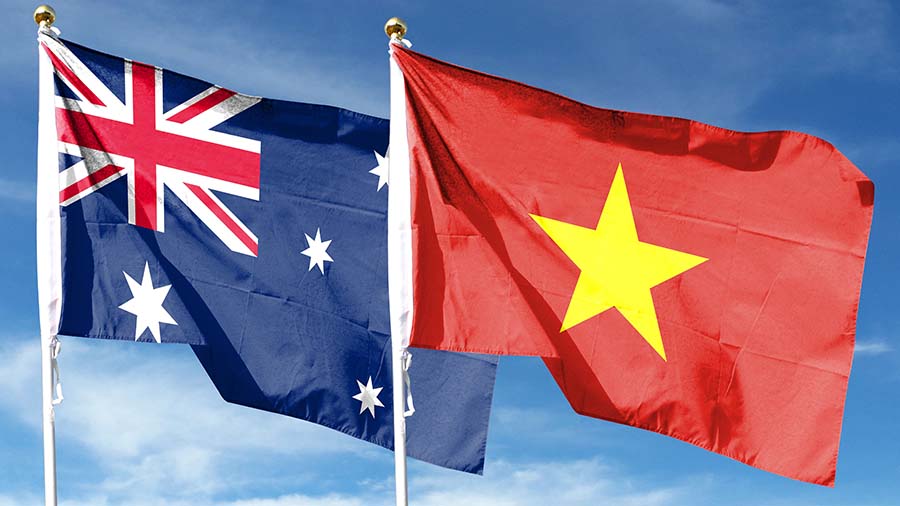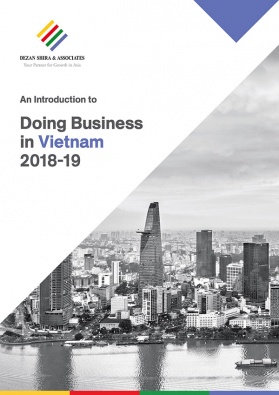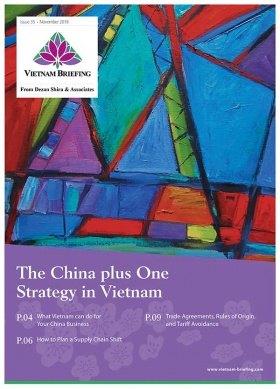Expanding Investments in Quang Ngai Province
Quang Ngai province – located in one of Vietnam’s Central Key Economic Regions (KER) – has the potential to transform into an urban economy. The central government has issued extensive plans to diversify investment and attract between US$13 billion and US$15 billion worth of foreign investment into the region by 2020.
Enriched with natural resources, mountains, and beaches along a 130 km coastline, the province has emerged as a destination for major government projects, focusing on infrastructure development as a source for large-scale foreign investment projects.
Vietnam’s government has prioritized infrastructure development because of the potential growth in tourism and marine economic sectors, and the results can be seen in Quang Ngai. The province boasts four major industrial zones, as well as transportation infrastructure that connects the region to neighboring economic zones.
Investors who want to operate in Quang Ngai should understand the regional features that can facilitate fruitful investment projects.
Quang Ngai province
Quang Ngai is a south-central coastal region, halfway between Hanoi and Ho Chi Minh City and positioned within the Key Economic Region of Central Vietnam. As of 2016, 1.3 million people spread across the main city, Quang Ngai City, and the 13 established districts.
With three universities, six colleges, and various vocational schools, the GDP per capita ranged between US$2000 and US$2200 per person in 2015, which is now projected to grow between US$4300 and the U $4500 per person by 2020.
Labor
Recruiting skilled workers will most likely be a challenge given that the larger urban cities in the north and south of the country provide more job opportunities, so educated workers are most likely to move to these areas.
Although Quang Ngai is located within one of Vietnam’s major economic zones, it is comparatively less developed to Vietnam’s northern and southern counterparts. For the educated locals who choose to reside in the central KER, they most likely decide to stay in the area because it provides a different kind of lifestyle or they want to remain close to their family. So, skilled workers may be open to job opportunities if employers can offer competitive wages.
Economic and Industrial Zones
Quang Ngai has one economic zone, four industrial parks, and fifteen industrial clusters (which are individual handicraft villages).
Dung Quat Economic Zone
Dung Quat Economic Zone is a multi-functional region that attracts important and large-scale FDI projects in industries such as shipbuilding and repairing, mechanical engineering, cement production, automobile, and equipment manufacturing.
Tinh Phong Industrial Zone
Located along National Highway 1A, south of Dung Quat Economic Zone, the Tinh Phong Industrial Zone attracts industries such as building materials, garments, and wood processing. Over 33 projects are currently under execution.
Quang Phu Industrial Zone
With over 41 projects, this zone located west of Quang Ngai City, focuses on food processing, soft drinks, alcoholic drinks, sugar and post-sugar products, garment and textile, and interior and exterior decorative products.
Pho Phong Industrial Zone
The Pho Phong Industrial Zone is located along National Road 24 linking the region to the Highlands provinces, closer to natural resources for the export-oriented forestry processing industry. It is currently being turned into an industrial, residential, and service center with a focus on clean industry projects.
VSIP – Quang Ngai Integrated Township & Industrial Park
Located next to Highway 1A and 8km from Quang Ngai City, Vietnam Singapore Industrial Park (VSIP) is split into industrial parkland and urban land development and services. Growing industries in VSIP include textiles, leather, food and beverage, electronics assembly, and light industries that assist the oil, gas, and chemical sectors.
Infrastructure
Currently, Quang Ngai has three major means of transportation: roadway, railway, and waterway.
Three important national highways – No.1A, 24A, 24B – run through the province. There are also railway routes that run from the north to the south, including a route that also links to the province’s primary port, Dung Quat, which is one of the biggest deepwater ports in the country.
Flights from the capital city, Hanoi, and Ho Chi Minh can be taken into Chu Lai Airport – approximately an hour drive from Quang Ngai City.
Ports
There are two main seaports in Quang Ngai: Dung Quat and Sa Ky. The provincial government has issued plans to develop Quang Ngai seaport into one of the leading ports in the region.
Dung Quat is a modern commercial deep sea-port that has played a key role in attracting investments. Its location is easily accessible and can accommodate 100,000 DWT vessels, meaning that it can handle large supplies of imports and exports. A specialized line to transport container goods is currently being constructed.
Sa Ky port plays an important function for travelers because it has a ferry that connects to Ly Son Island, a popular tourist destination.
Investment opportunities
For foreign investors, Quang Ngai has some drawbacks, including a lack of skilled labor and infrastructure that is still in development. However, this also means that land and labor prices are cheaper and that investors have a tremendous opportunity to integrate into the early stages of a province that is poised for rapid growth and development.
Quang Ngai’s potential to be turned into a major tourism province can be seen through several key projects currently in development – Van Tuong Ecotourism Area, Emerald Island Project, and Anh Van Ecological Resort Project. In 2017, tourism revenue reached US$30.4 million in the province with a total of 810,000 visitors. The year-on-year increase exceeded expectation with the number of visitors reaching 108 percent of the year’s target goal. The total revenue increased ten percent from 2016.
This past July, Nguyen Phong, the director of Quang Ngai Province’s Construction Department, pointed out the importance of establishing appropriate compensation and clear lines of communication with local people prior to issuing projects. In this case, it is crucial to have a third-party facilitator who can speak the local language.
While still in the preliminary stages of urban development, investors who enter the Quang Ngai region now can contribute to the current momentum, and much anticipated growth.
About Us
Vietnam Briefing is produced by Dezan Shira & Associates. The firm assists foreign investors throughout Asia from offices across the world, including in Hanoi and Ho Chi Minh City. Readers may write to vietnam@dezshira.com for more support on doing business in Vietnam.
- Previous Article Eine Einführung in die Import- und Exportindustrien Vietnams
- Next Article Come Stabilire una ONG in Vietnam































